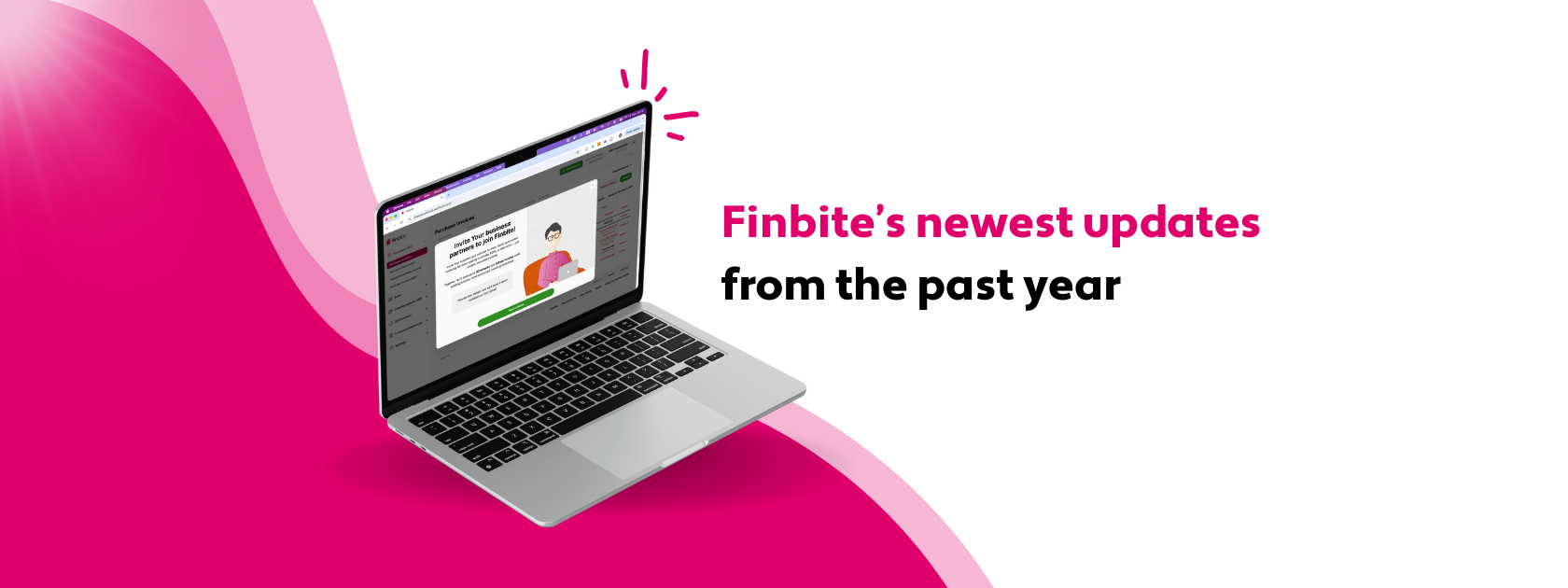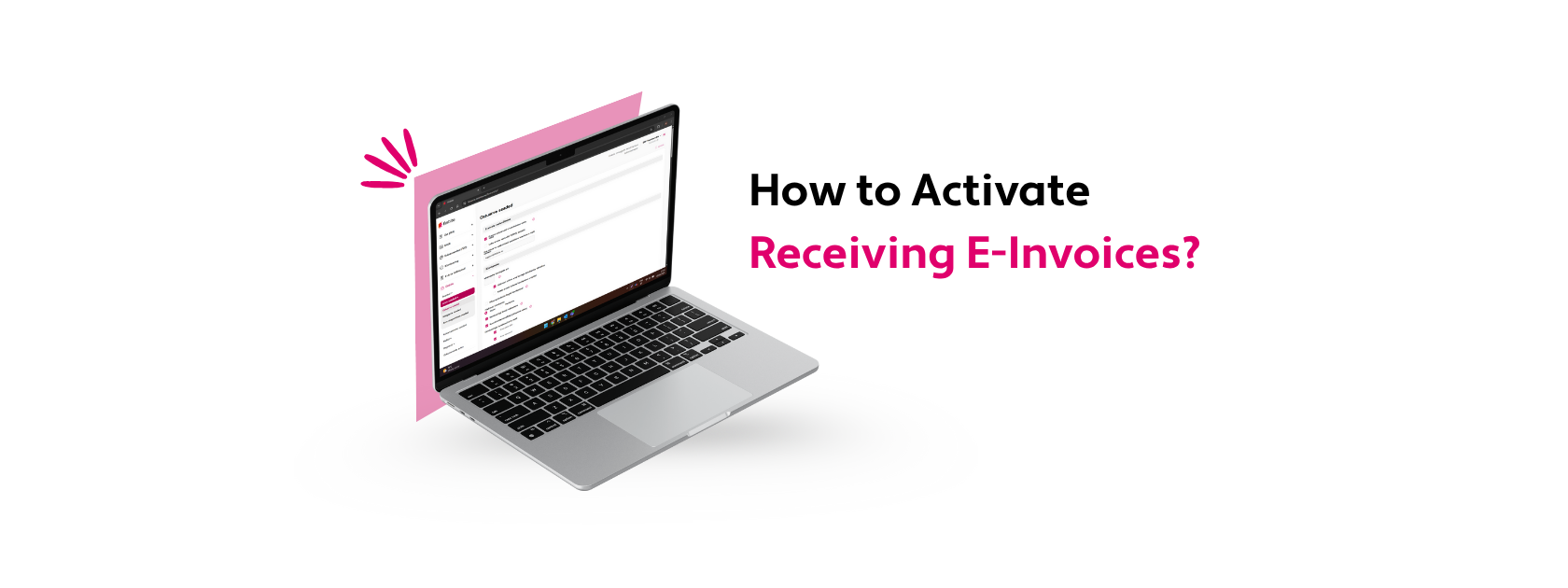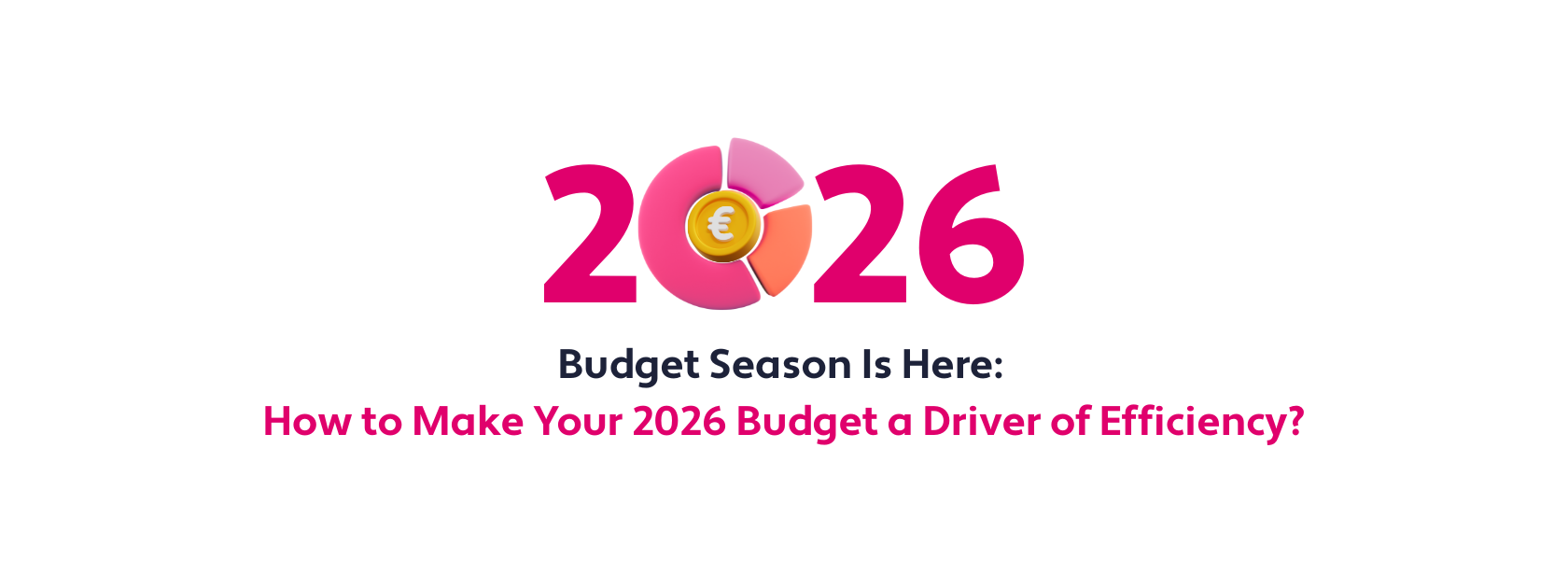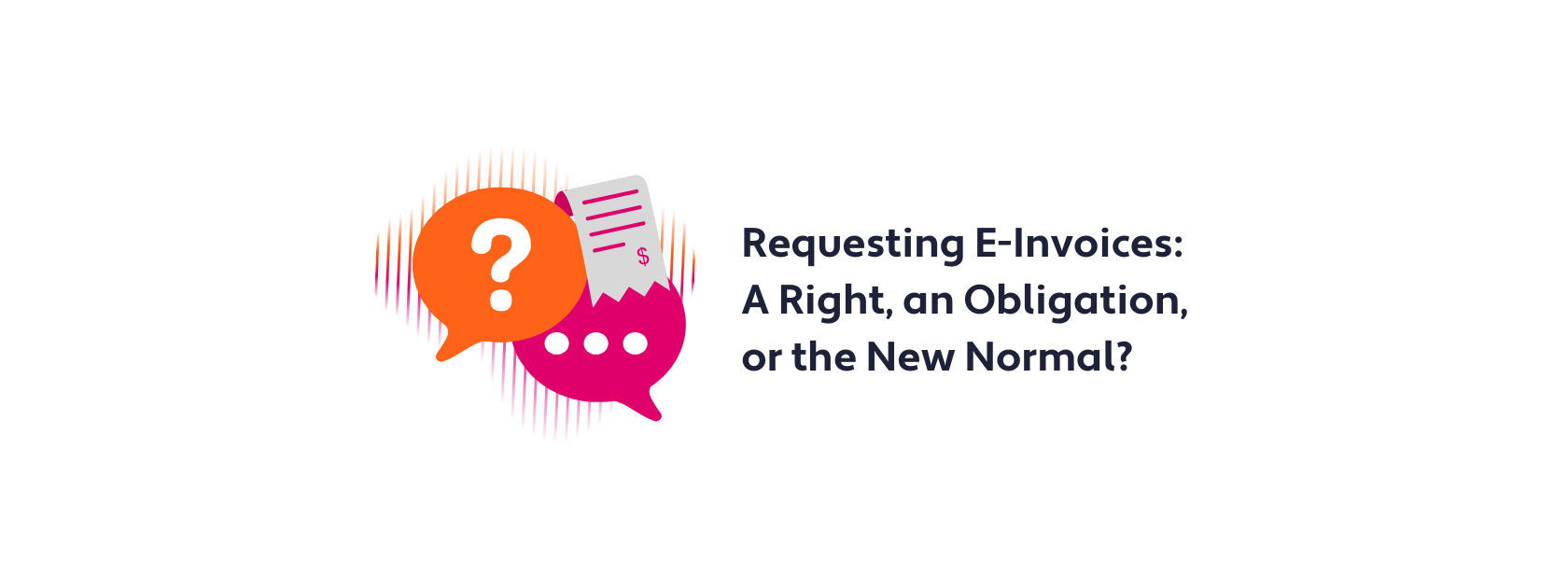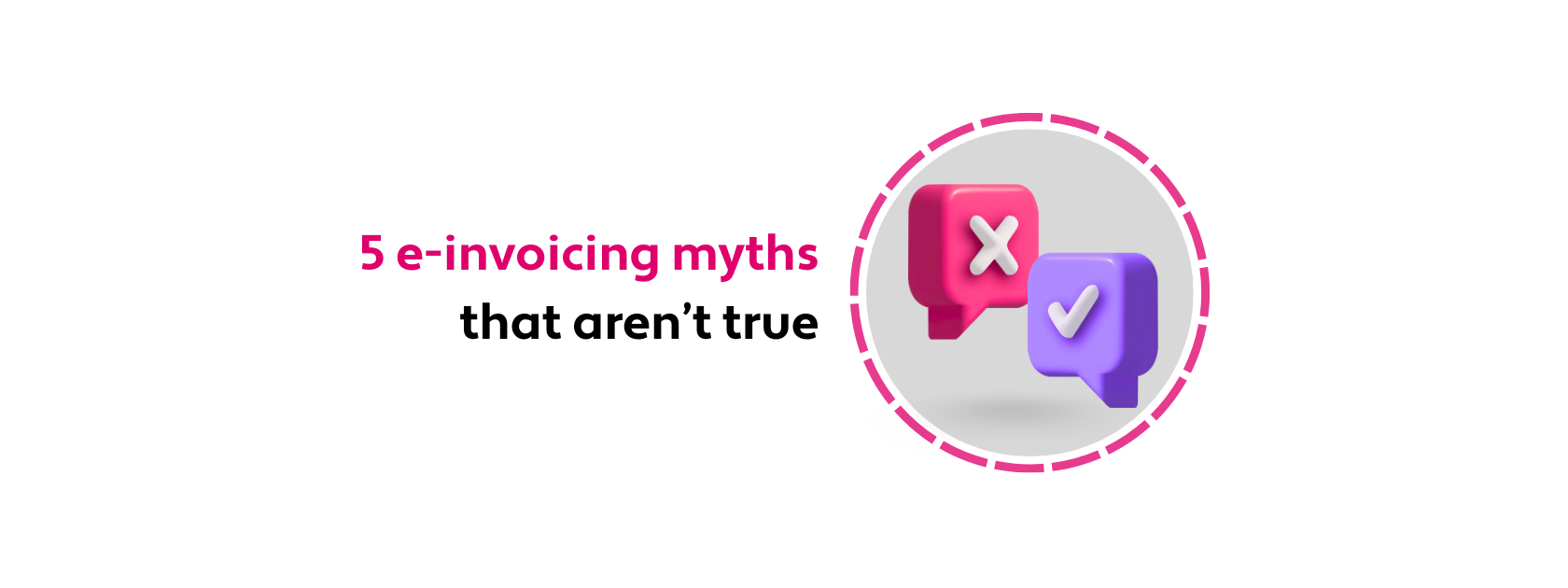
Starting 1 July 2025, an amendment to the Estonian Accounting Act will take effect, introducing broader requirements for e-invoicing. Under the new rules, any company listed as an e-invoice recipient in the official business register will have the right to request e-invoices from their suppliers. Suppliers will be required to comply and issue invoices in the appropriate electronic format. As a result, mandatory e-invoicing will extend beyond public sector entities and their contractors to include private companies that choose to adopt the system.
In this article
- Myth #1: Implementing e-invoicing is expensive and complicated
- Myth #2: E-invoicing isn’t worth it for businesses with a low invoice volume
- Myth #3: E-invoicing is only mandatory when dealing with the public sector
- Myth #4: Using e-invoices means giving up all other formats
- Myth #5: E-invoices are only for domestic transactions
- Why is e-invoicing the standard of the future?
- How can Finbite help?
With this change on the horizon, several myths have begun to circulate—potentially slowing the shift to e-invoicing. Below, we address the most common misconceptions and debunk them with clear, reasoned explanations.
Myth #1: Implementing e-invoicing is expensive and complicated
In reality, adopting e-invoicing is both simple and affordable—even for small businesses. While any change or innovation can seem daunting at first and may require some skill development, many companies have found the transition to e-invoicing to be quite the opposite.
Modern e-invoicing solutions, such as Finbite, allow businesses to start sending and receiving e-invoices with minimal time or financial investment. For example, it’s possible to send and receive up to five e-invoices completely free using a simple web-based platform. For a small fee, businesses can also integrate e-invoicing with their existing accounting software, enabling them to send e-invoices directly from the tools they already use.
We’ve developed a calculator to help estimate how much time and money can be saved by using e-invoices, digitizing PDF invoices, and automating the entire purchase invoice process. Studies show that businesses can save an average of €3 and 30 minutes per invoice. And the benefits go beyond accounting—since purchase invoice handling often involves buyers, managers, and other team members, digitalization improves efficiency across the entire organization.
How much would you save with digital purchase invoice management?
Myth #2: E-invoicing isn’t worth it for businesses with a low invoice volume
In fact, switching to e-invoicing can be even easier and more cost-effective for small businesses. With fewer invoices and simpler processes, small and growing companies can adopt e-invoicing with minimal effort—making it a smart move to reduce manual work, avoid errors, and speed up payments.
If a small business uses an external accountant or accounting firm, e-invoicing can also make that collaboration smoother, faster, and more affordable. Since electronic invoices require less time to process, accountants can work more efficiently, saving time and reducing costs for the business.
Myth #3: E-invoicing is only mandatory when dealing with the public sector
While this may be true for now, the situation is about to change in Estonia. Starting from 1 July 2025, e-invoicing requirements will expand to include a much wider range of businesses. Under the new rules, any private company that has registered itself as an e-invoice recipient in the official business register will have the legal right to request e-invoices from its suppliers.
This means that all businesses in Estonia—including small companies—must be prepared to issue e-invoices when requested by their customers. The shift reflects a broader move toward digitalization and greater efficiency across both the public and private sectors.
Myth #4: Using e-invoices means giving up all other formats
Adopting e-invoicing doesn’t mean you have to stop using other invoice formats altogether. A good e-invoicing platform also supports PDF and even paper invoices. For example, with a solution like Finbite, you can not only send and receive e-invoices but also handle invoices in other formats.
You can digitize purchase invoices regardless of whether they arrive as PDFs or paper copies. All invoice data is then processed within a single system, enabling automatic workflows and ensuring smooth, digital invoice management—no matter how the invoice was originally received.
If you’re receiving both PDFs and e-invoices, you no longer need to worry about format compatibility or running parallel processes. All invoices are automatically routed into the Finbite environment or directly into your accounting software, where your accountant can easily process, approve, and archive them.
Myth #5: E-invoices are only for domestic transactions
E-invoicing isn’t limited to domestic transactions. Thanks to international standards and networks like Peppol, it’s possible to send and receive e-invoices across borders.
Peppol (Pan-European Public Procurement On-Line) is a secure and standardized network that allows businesses to exchange e-invoices throughout Europe and beyond. While domestic e-invoices in some countries use the business registry code as an identifier, Peppol relies on the Peppol ID, which includes the country code (e.g., 0191: for Estonia) followed by the company’s business registry number.
With platforms like Finbite, users can send and receive Peppol e-invoices to and from international business partners, regardless of their subscription plan. No separate integrations are needed—just activate the relevant invoice channel. This simplifies international collaboration, promotes transparency, and even enables participation in foreign tenders where e-invoicing is already mandatory.
Why is e-invoicing the standard of the future?
E-invoicing is more than just a digital document – it’s an intelligent data file that:
- Moves automatically between accounting systems
- Reduces manual work and errors
- Speeds up payment processing
- Is environmentally friendly
How can Finbite help?
Finbite offers a legally compliant and user-friendly e-invoicing platform, suitable for both growing businesses and experienced accountants. Our platform allows you to:
- Send and receive mandatory e-invoices
- Integrate with your existing software
- Automate invoice management (including approval processes and account allocation)
- Operate flexibly and in full compliance with all requirements
Prepare for the change today—avoid last-minute rush!
